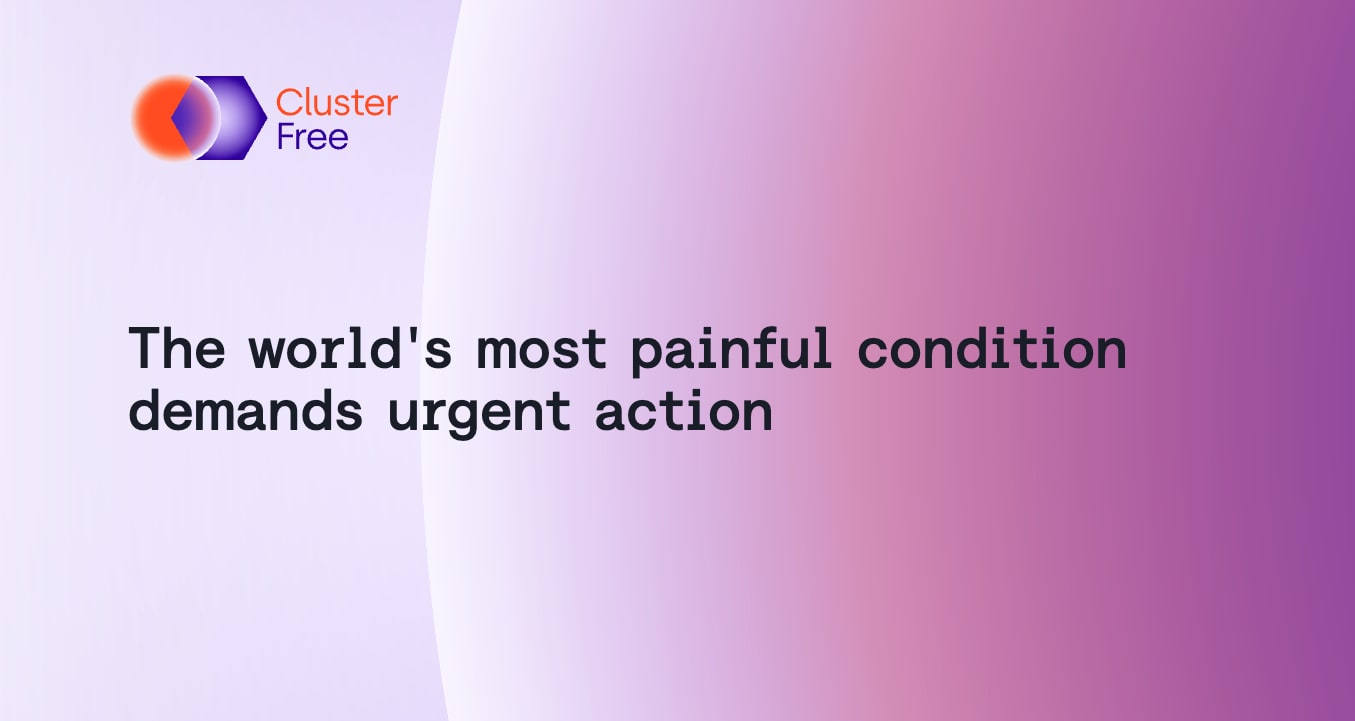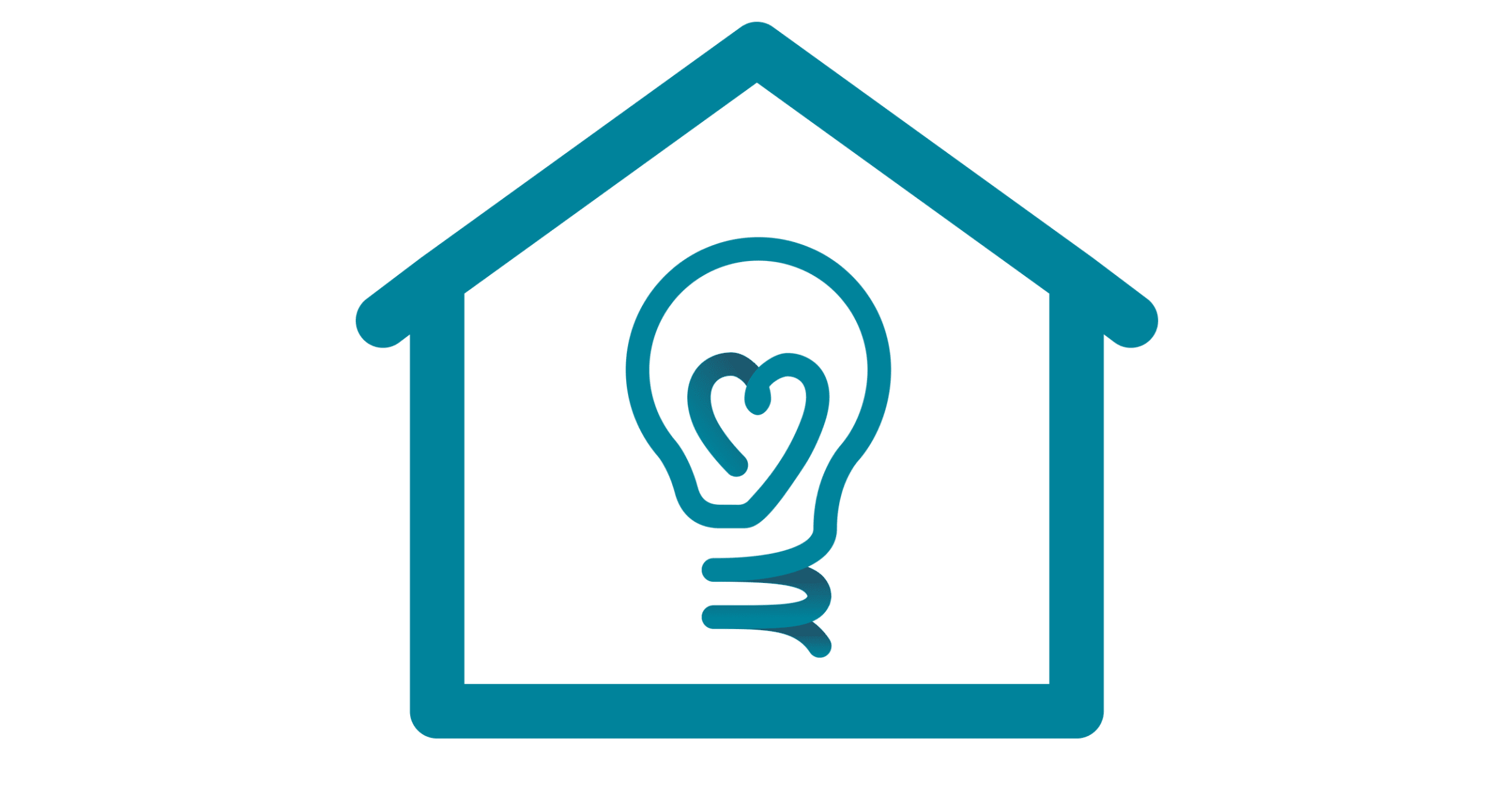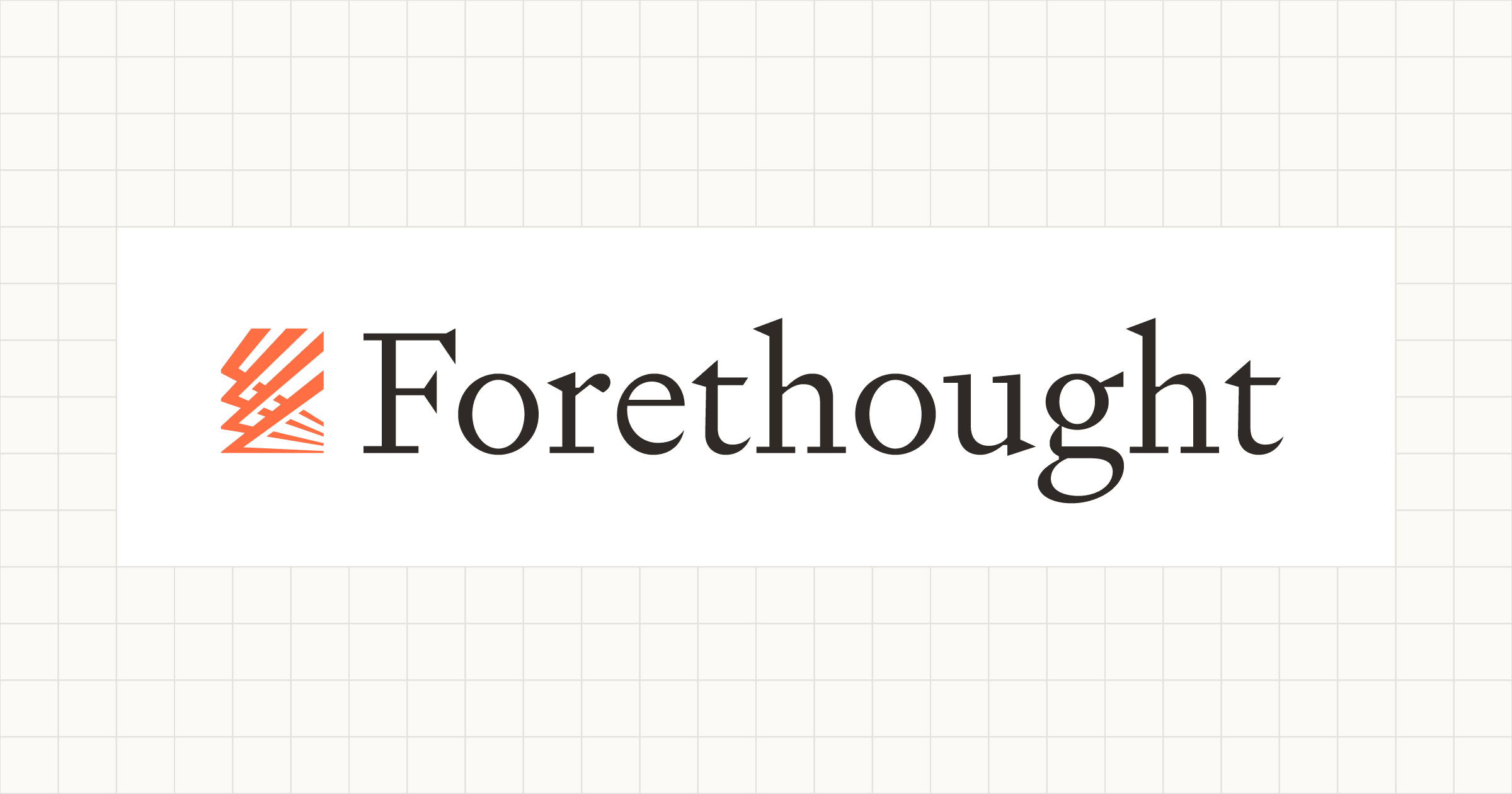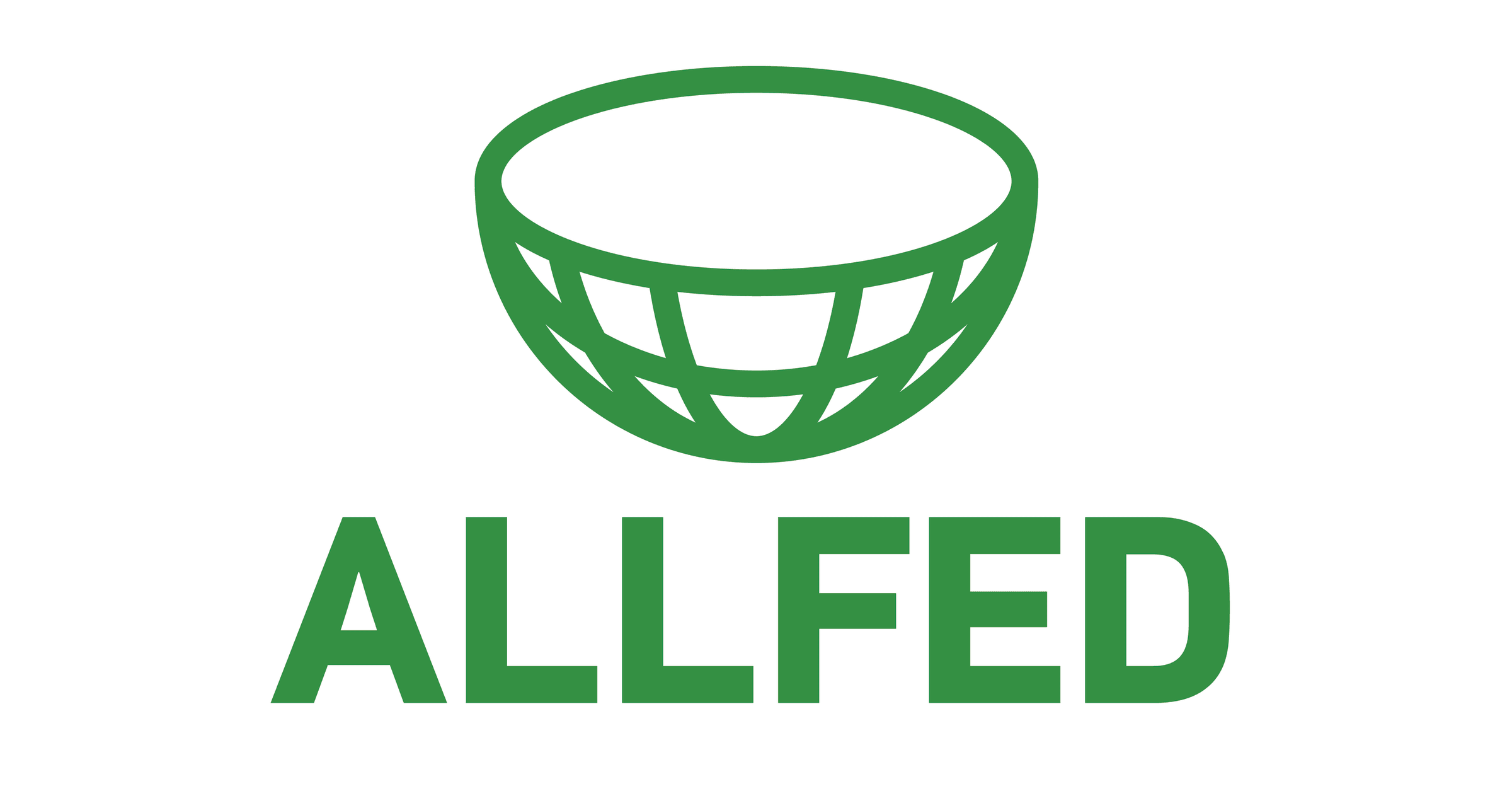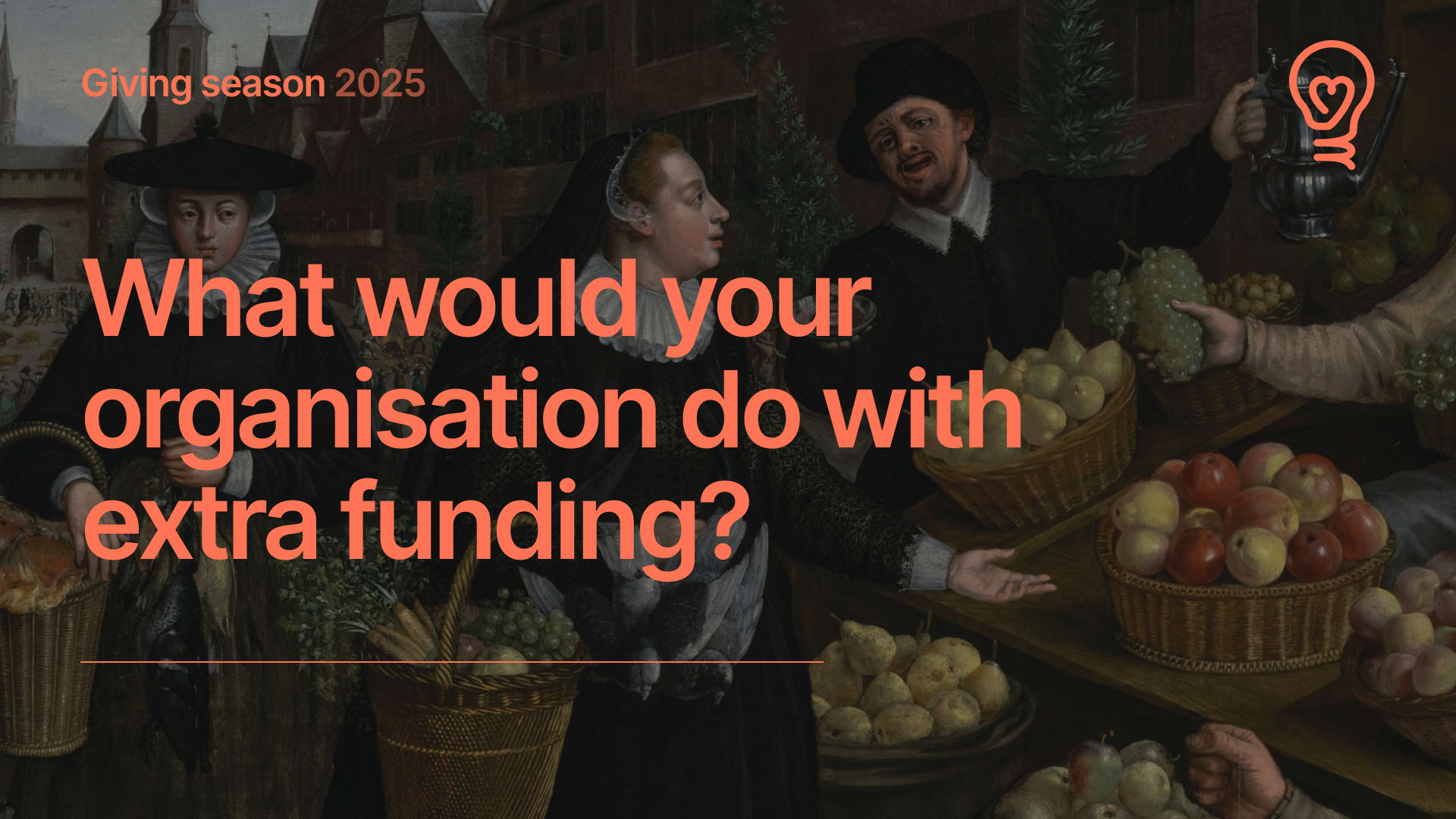
It's Marginal Funding Week! In order to help us all make better donation decisions this giving season, organisations will be sharing what they would be able to do with extra funding.
If your project is fundraising, consider writing a full post tagged "Marginal Funding Week" or answering below. If your project would like to take part in the Donation Election (beginning next week) posting with the tag or answering this question are pre-requisites[1].
What to include in your response:
* The name of the project, and your role in relation to it.
* A description of how your project is likely to use extra donations.
* Any other information which might help readers understand the value of marginal donations: for example, if your organisation would be able to hire an assistant with the money, how much more productive would this make you? How would it affect the output of your intervention?
For Marginal Funding week inspiration, check out this google doc: "Writing a great marginal funding post", or last year's posts.
1. ^
The other requirements are here.



